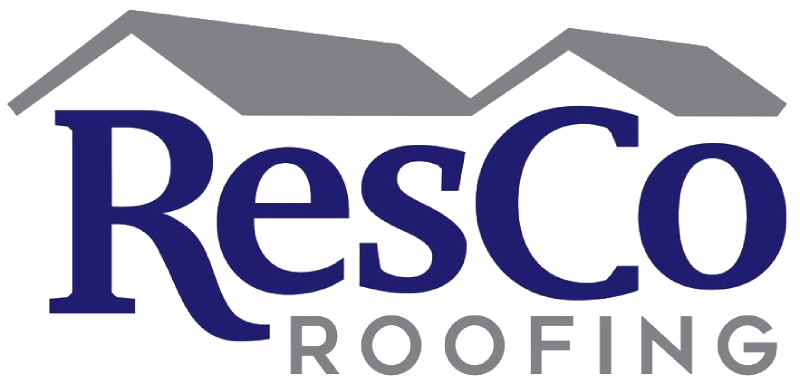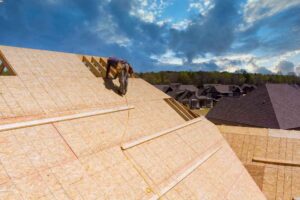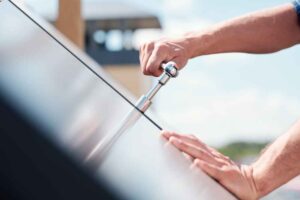Roof Leak Repair
Roof leak repair usually involves finding the source of water. Leaks often enter the house near constructions that project through the roof, such as plumbing vents, dormers and chimneys.
Start by examining the interior for evidence of water stains. Have a helper hold a garden hose up on the roof and soak low areas that might be suspect.
Flashing
Flashing is a thin piece of impervious material, usually metal, installed at strategic points to prevent leaks. It’s often found around chimneys, dormers, skylights and other roof projections, or where a roof changes slope. These areas tend to expand and contract with temperature and humidity shifts, creating potential leak sites if not sealed correctly. Flashing helps to minimize leaks by blocking these crevices while allowing the intersection to move naturally.
Over time, flashing can wear out, becoming corroded or even developing holes. This can be due to normal weathering or even the occasional bad storm.
If you suspect your flashing is damaged, a roofer should be called in to assess the situation and replace the corroded or damaged sections. They will also look for any further damage to the roof membrane and structure, which may require other repairs. In the meantime, you should make a temporary patch using roofing tar and either plywood or shingle.
Shingles
Asphalt shingles follow a predictable deterioration curve, and they can be relatively easy to replace. In most cases, shingles will need replacement only in areas where water penetrates the roof surface, such as at plumbing or vent penetrations, dormers and chimneys.
Leaks also develop at points where roof surfaces intersect, such as the corner of a dormer or wall. These areas may be leaking through cracked caulking, but you can often correct the problem by using roofing sealant to fill the cracks.
When you’re on the roof, look for other signs of leaks by soaking the area with a garden hose. Then, examine the shingles for loose or damaged tabs. If you rescue loose shingles and secure them with adhesive on a regular basis, you can get a lot of extra life out of your roof. The same is true for weathered shingles, which you can usually repair by applying a bead of roof cement over the shingle.
Gutters
Gutters are often overlooked, but they’re vital for protecting the home’s roof and structure from costly water damage. When gutters are working properly, they’re-direct rainwater away from the house and into drain systems. But clogged gutters can lead to overflowing and leakage, rot, pest problems and foundation cracks.
Gutter leaks can be easily identified with a visual inspection and a water test. To perform a water test, simply turn on the faucet and run water over the gutters to find out which areas are leaking.
Soffit
The soffit is an often overlooked part of the roof structure. It is an exposed section of the underside of the roof eave and is designed to ventilate the attic. This helps to prevent rot and mold in the sheathing and rafters.
If you see spots on your ceiling or walls that are a result of water from a roof leak, then it’s time to check the soffit. Moisture in the soffit can be caused by many factors, such as weather changes and animal nesting.
A soffit can be repaired by using a variety of methods. However, it’s best to hire a general contractor for large jobs that require framers, siding contractors, painters, and gutter experts. This will help you avoid the added stress of trying to handle the project yourself. A reputable roofing company will also have experience in replacing fascia and soffits. They’ll be able to ensure that the new materials will be durable, water resistant, and properly sealed to prevent future problems.






